FREE Shipping over £45
200,000+ sold worldwide
21 Years Established, UK Small Business
FREE Shipping over £45
200,000+ sold worldwide
21 Years Established, UK Small Business
FREE Shipping over £45
200,000+ sold worldwide
21 Years Established, UK Small Business
FREE Shipping over £45
200,000+ sold worldwide
21 Years Established, UK Small Business


